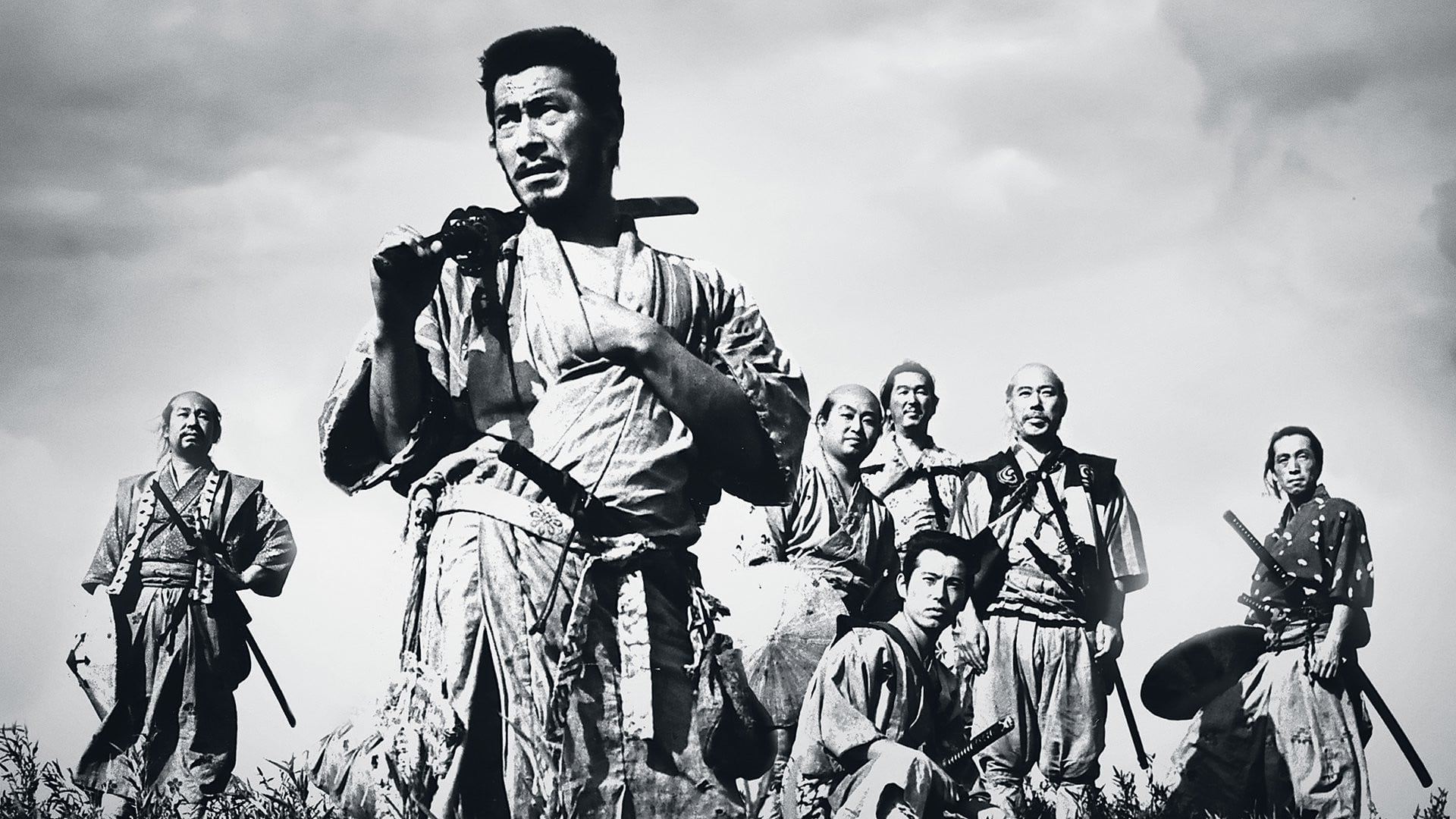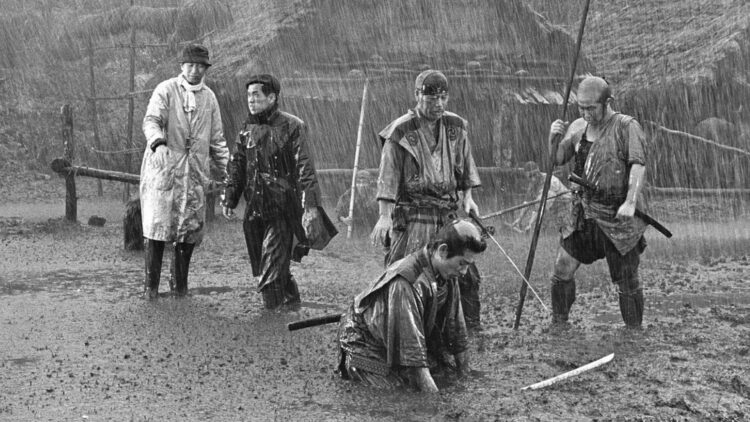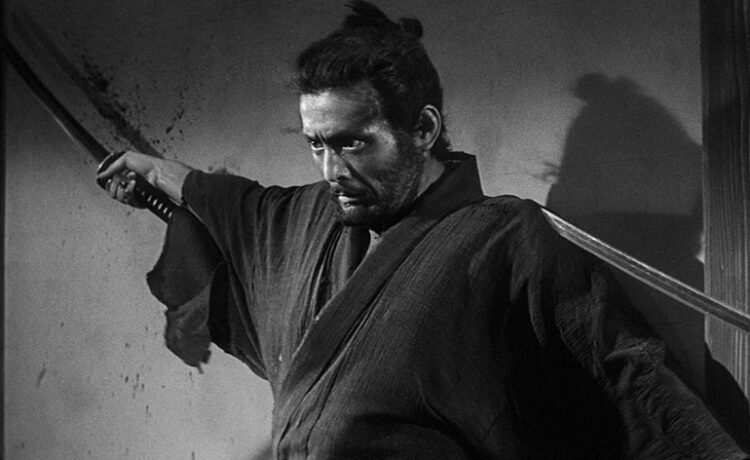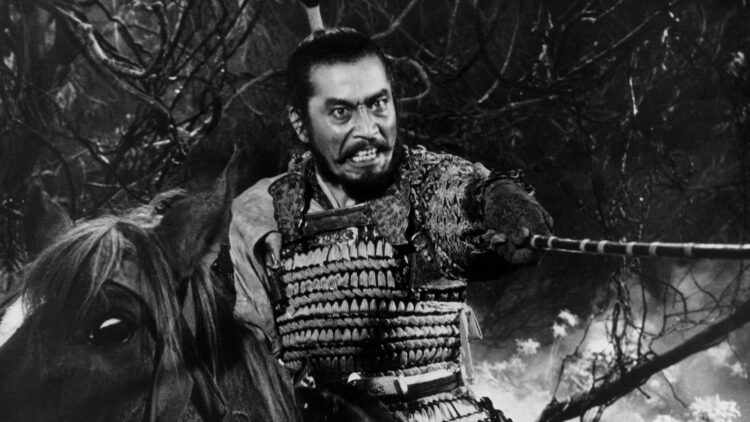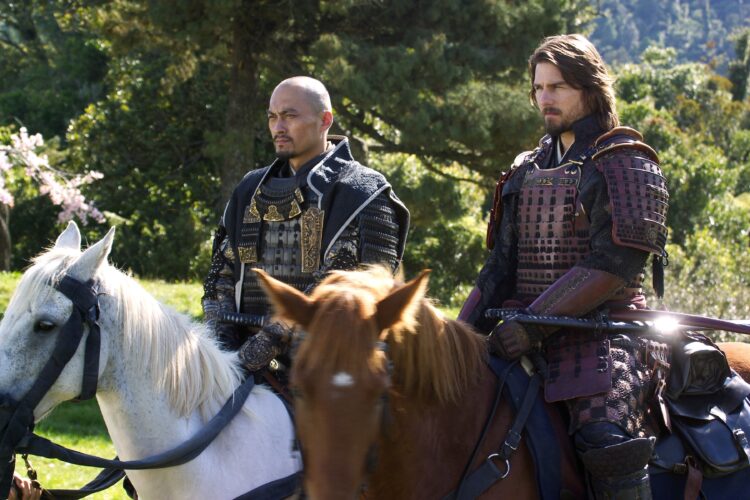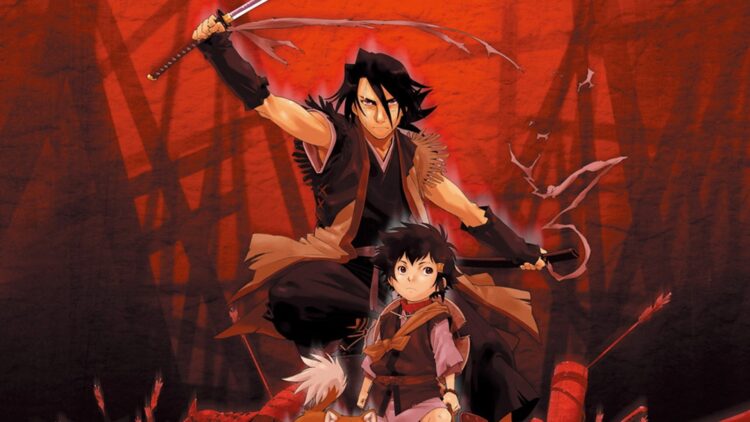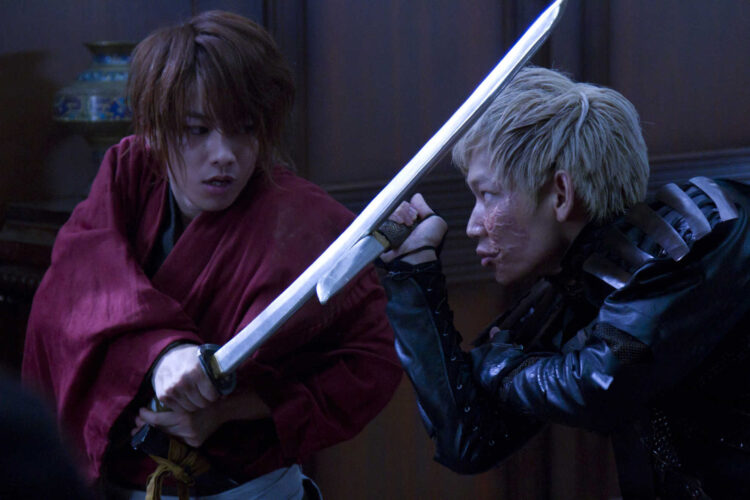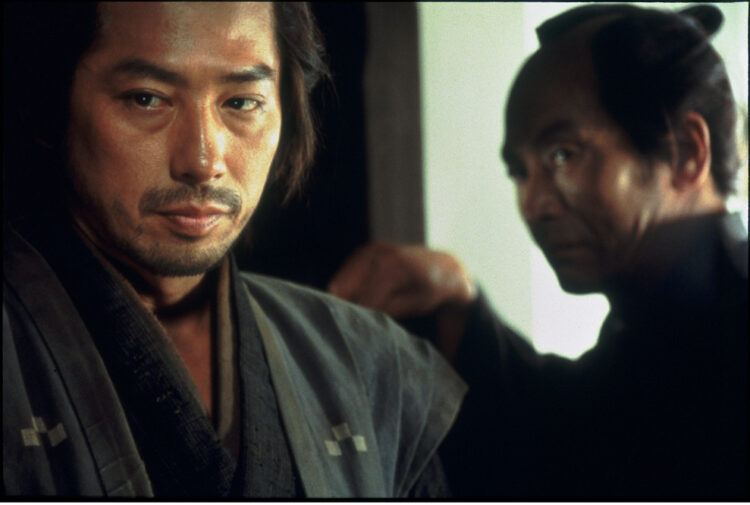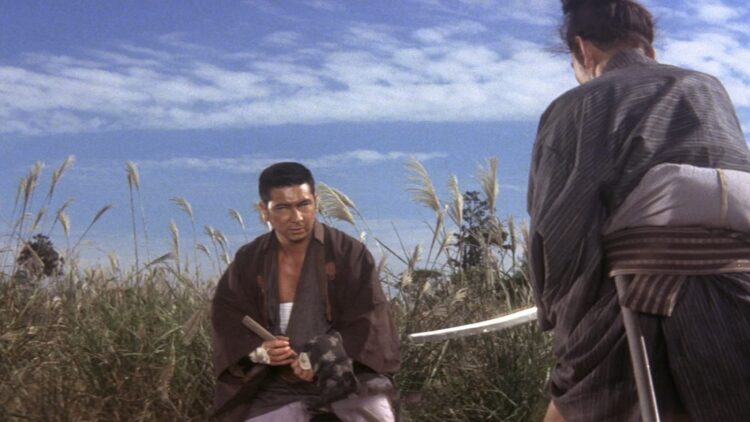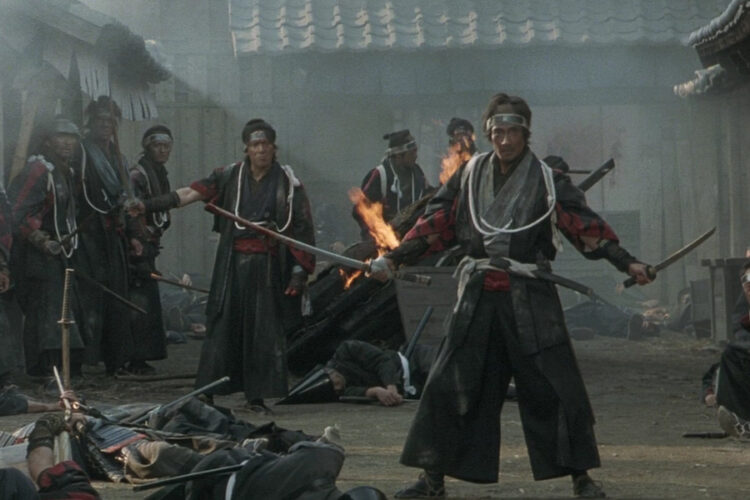Movie audiences have been captivated by samurai redemption stories for as long as movie makers have been making them. It isn’t simply that people love stories about honor, sacrifice and personal redemption because they can get that just about anywhere in cinema. People love the stories as told through the lens of the samurai warrior, because these films often explore the moral and ethical dilemmas faced by samurai warriors. These kinds of movies showcase their journey towards finding inner peace and redemption.
Redemption not only refers to the act of atoning for past mistakes, but of finding forgiveness, and undergoing a positive transformation. The person who is redeemed improves personally or morally after a period of wrongdoing, or regret or guilt. The protagonist in these kinds of movies finds in being redeemed some sense of spiritual or moral salvation. They demonstrate remorse, make amends and make efforts to change positively. The concept of redemption can be seen as a path to forgiveness either for an individual or a society. In narratives a character has fallen from grace, committed morally questionable acts, or suffered from personal flaws or vices. They are only able to make things right by taking on a series of challenges, being introspective, and then transforming.
There are many ways for someone to be redeemed. It may involve acts of self-sacrifice, heroism, or the restoration of justice. It can also entail making restitution for past wrongs, seeking forgiveness from those affected, and actively working to change harmful patterns of behavior. Ultimately, redemption is a deeply personal and introspective journey that often requires confronting one’s own mistakes, accepting responsibility, and taking steps towards personal growth and moral improvement. Why do tales of redemption resonate with audiences? Because they tap into our desire to see people change and grow. These kinds of tales offer hope, revenge, forgiveness and even a better future rather than just death.
Here are a few movies to watch if you have the time.
“Seven Samurai” (1954): Seven Samurai is a 1954 Japanese epic samurai film co-written, edited, and directed by Akira Kurosawa. Taking place in 1586 in the Sengoku period of Japanese history, it follows the story of a village of desperate farmers who seek to hire rōnin to combat bandits who will return after the harvest to steal their crops.
“Harakiri” (1962): Directed by Masaki Kobayashi. The story takes place between 1619 and 1630 during the Edo period and the rule of the Tokugawa shogunate. It tells the story of the rōnin Hanshirō Tsugumo,who requests to commit seppuku (harakiri) within the manor of a local feudal lord, using the opportunity to explain the events that drove him to ask for death before an audience of samurai. The film continues to receive critical acclaim, often considered one of the best samurai pictures ever made.
“Throne of Blood” (1957): is a 1957 Japanese jidaigeki film co-written, produced, edited, and directed by Akira Kurosawa, with special effects by Eiji Tsuburaya. The film transposes the plot of William Shakespeare’s play Macbeth from Medieval Scotland to feudal Japan, with stylistic elements drawn from Noh drama. The film stars Toshiro Mifune and Isuzu Yamada in the lead roles, modelled on the characters Macbeth and Lady Macbeth. As with the play, the film tells the story of a warrior who assassinates his sovereign at the urging of his ambitious wife. Kurosawa was a fan of the play and intended to make his own adaptation for several years, delaying it after learning of Orson Welles’ Macbeth (1948). Among his changes was the ending, which required archers to fire arrows around Mifune. The film was shot around Mount Fuji and Izu Peninsula. Despite the change in setting and language and numerous creative liberties, Throne of Blood is often considered one of the best film adaptations of the play, and has received much critical praise. The film won two Mainichi Film Awards, including Best Actor for Toshiro Mifune.
“The Last Samurai” (2003): Tom Cruise portrays Nathan Algren, an American captain of the 7th Cavalry Regiment, whose personal and emotional conflicts bring him into contact with samurai warriors in the wake of the Meiji Restoration in 19th century Japan. The film’s plot was inspired by the 1877 Satsuma Rebellion led by Saigō Takamori and the Westernization of Japan by foreign powers. The character of Algren was influenced by Jules Brunet, a French Imperial Guard officer who fought alongside Enomoto Takeaki in the earlier Boshin War; Ernest Mason Satow and Algernon Mitford, British diplomats during the Meiji restoration who were involved in the Satsuma rebellion; and, to a lesser extent, by Frederick Townsend Ward, an American mercenary who helped Westernize the Chinese army.
“Sword of the Stranger” (2007): This is a 2007 Japanese animated film. It depicts Kotaro, a young orphan hunted by Ming swordsmen, who receives unexpected protection from Nanashi, a troubled ronin.
“Rurouni Kenshin Trilogy” (2012-2014): This is a Japanese manga series written and illustrated by Nobuhiro Watsuki. The story begins during the 11th year of the Meiji period in Japan (1878) and follows a former assassin from the Bakumatsu, known as Hitokiri Battosai. After his work against the bakufu, he becomes Himura Kenshin, a wandering swordsman who protects the people of Japan with a vow never to take another life. Watsuki wrote the series upon his desire to make a shōnen manga different from others published at the time, with Kenshin being a former assassin and the story taking a more serious tone as it continued. The manga revolves around themes of atonement, peace, and romance.
“Hara-Kiri: Death of a Samurai” (2011): A tale of revenge, honor and disgrace, centering on a poverty-stricken samurai who discovers the fate of his ronin son-in-law, setting in motion a tense showdown of vengeance against the house of a feudal lord.
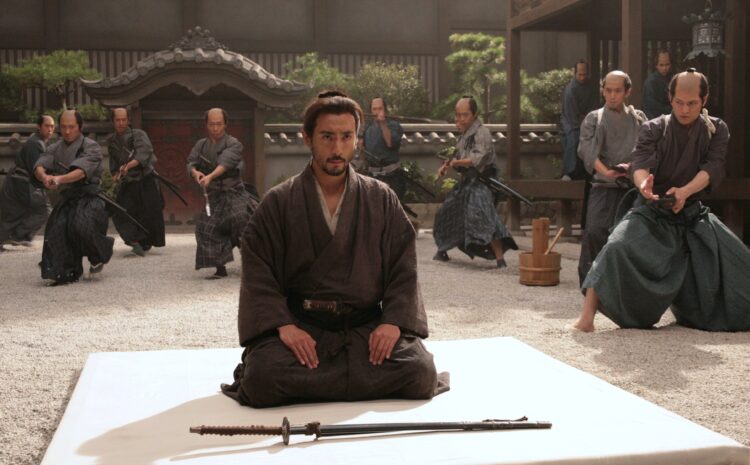
“The Twilight Samurai” (2002): The Twilight Samurai is a 2002 Japanese historical drama film co-written and directed by Yoji Yamada and starring Hiroyuki Sanada and Rie Miyazawa. Set in mid-19th century Japan, a few years before the Meiji Restoration, it follows the life of Seibei Iguchi, a low-ranking samurai employed as a bureaucrat.
“Zatoichi” (2003): Zatoichi is a 2003 Japanese Jidaigeki action film, directed, written, co-edited by and starring Takeshi Kitano in his 11th directorial venture. Kitano plays the role of the blind swordsman. The film is a revival of the classic Zatoichi series of samurai film and television dramas.
“When the Last Sword Is Drawn” (2002): When the Last Sword Is Drawn is a 2002 historical drama film directed by Yōjirō Takita loosely based on real historical events. When the Last Sword Is Drawn won the Best Film award at the 2004 Japanese Academy Awards, as well as the prizes for Best Actor and Best Supporting Actor. It received a further eight nominations.
Debunking the Myth of Samurai Warrior Suicide: Separating Fact from Fiction

